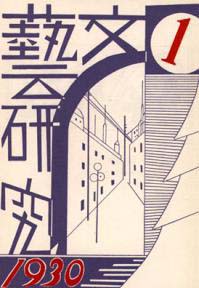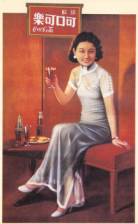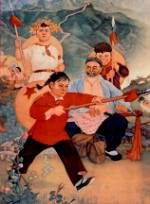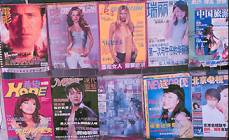
Beginning in the late nineteenth century, the graphic arts underwent rapid changes
in order to adapt to new political and commercial needs. Chinese artists, exposed to Western art
and design, incorporated elements of foreign styles into their work.
At the same time, with a growing awareness of China’s identity in the world, artists
also sought to reinterpret traditional art forms and apply them to new
themes. The gradual transformation of
Chinese visual culture had an impact on almost everyone in the population, as
periodicals reached larger and larger audiences and posters were distributed
throughout the country.
|
|
While looking through this unit, keep the following questions in
mind:
|
|||||||||||
 The invention of printing in China during the Tang dynasty led to the
development of a new art form, woodblock prints. These included both
single sheet pictures intended to be pasted on a door or wall, or given away
to advertise a product, as well as illustrations in books. Many
book illustrations have been shown here, especially in the units on Military
Technology, Homes, and Gardens.
Throughout the late imperial period, these traditional graphic arts
flourished. There were even illustrated manuals on how to paint and
illustrated catalogues on where to buy art materials.
The invention of printing in China during the Tang dynasty led to the
development of a new art form, woodblock prints. These included both
single sheet pictures intended to be pasted on a door or wall, or given away
to advertise a product, as well as illustrations in books. Many
book illustrations have been shown here, especially in the units on Military
Technology, Homes, and Gardens.
Throughout the late imperial period, these traditional graphic arts
flourished. There were even illustrated manuals on how to paint and
illustrated catalogues on where to buy art materials. 

